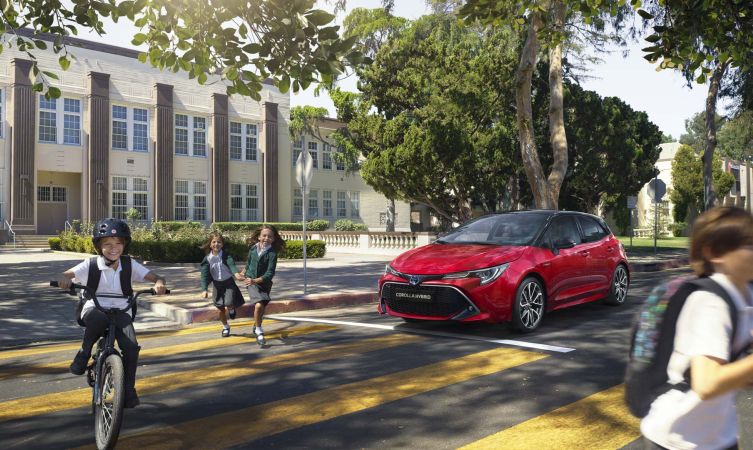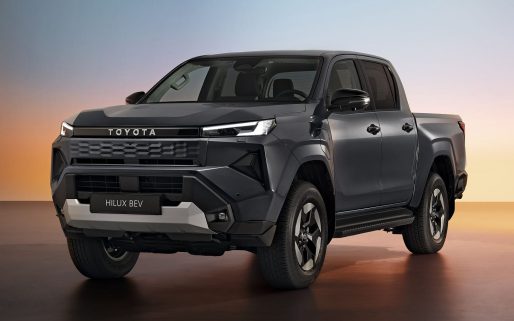Choosing a company car requires decisions to be made by two parties. We have already discussed the area of Benefit In Kind, which allows the business user to choose a vehicle based on its financial impact on their monthly after-tax salary.
Before being offered a company car, however, the employer will have needed to consider the vehicle’s Total Cost of Ownership (TCO) – a figure that directly affects the company’s cost base. As the name suggests, TCO is the bottom-line cost to the company of any vehicle once all financial implications have been balanced.

How is Total Cost of Ownership calculated?
Viewed as a mathematical equation in its simplest form, TCO is the original purchase price of the vehicle, minus its future value (depreciation), plus all tax and running costs. Key factors include:
- Depreciation
- Employer’s National Insurance
- Service, maintenance and repair (SMR) costs
- Fuel costs
- Insurance
This calculation presents an immense number of variables that can have an effect on the total cost to the company. Among these, running costs and residual value have the greatest impact as they narrow the difference between the original purchase price and final sale price.
This means that the initial purchase price of a vehicle does not always offer a reliable indication of how much a car will cost to run. In fact, a vehicle with a more expensive list price but that offers good value running costs and low depreciation can actually be more affordable for a company than a vehicle with a lower original purchase price.

How do Toyota vehicles measure up in terms of TCO?
We believe that Toyota vehicles offer the perfect choice for fleet managers by virtue of their low Total Cost of Ownership. Let’s take a closer look at those key factors.
- Depreciation: A significant proportion of Toyota sales are hybrid vehicles. With low CO2, NOx and PMxx (particulate) emissions, together with our renowned build quality and durability, demand for hybrid models on the used market is high. This demand has produced strong residual values and therefore low depreciation.
- Employer’s National Insurance: As with BIK, low CO2 leads to a low tax charge. Toyota’s self-charging hybrid vehicles are very tax-efficient.
- SMR costs: Smooth power delivery reduces tyre wear, while regenerative braking reduces disc and pad wear. Both of these features reduce the need for replacement parts, thereby reducing costs.
- Fuel costs: The exceptional fuel economy of hybrid systems, together with their use of cheaper petrol for fuel, reduces costs.
- Insurance: Widespread availability and fitment of the Toyota Safety Sense suite of active safety measures not only reduces accidents but also lowers insurance groupings. This means lower insurance cost for drivers.

Toyota has an experienced team of fleet specialists who are committed to providing an outstanding level of customer service. Contact the business support team at your local Toyota centre for more information, or contact your dedicated area fleet manager via our website. Either will be able to provide all the comparable facts and figures needed to make an informed decision on running a tax-efficient fleet with low running costs.
Learn more: Toyota’s guide to Benefit In Kind (BIK)




